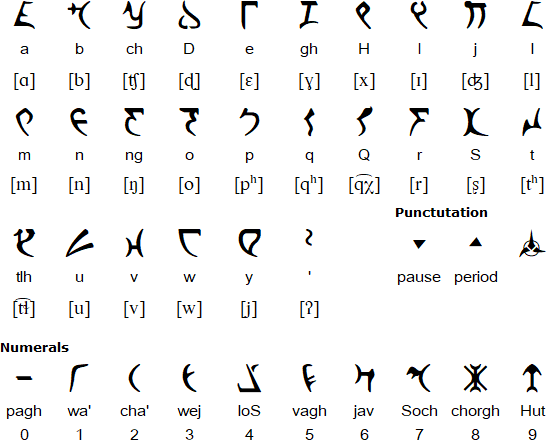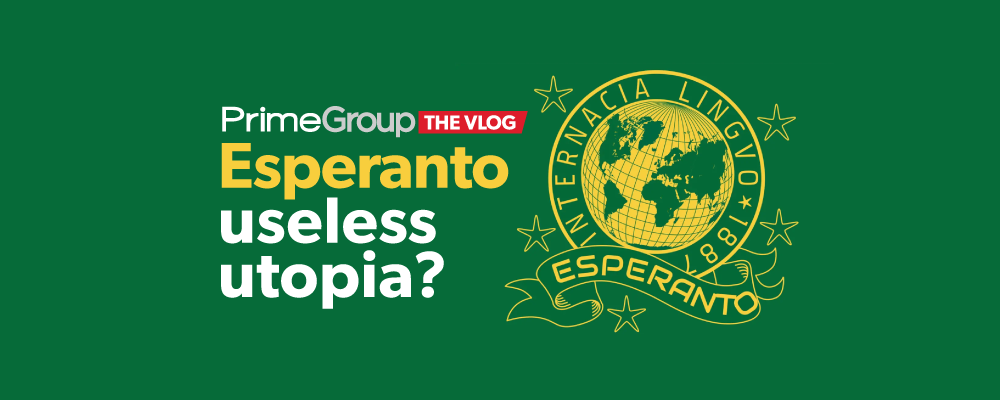Artificial languages, or conlangs, are more than just a collection of words. They are windows into alternate realities. Take for example the Gargish or gargl, the language of the Gargoyle race in the Ultima Online computer game series from Origin. It consists of very strange sounds, which indeed remind of Gurgling. The alphabet of Gargish first appeared in Ultima VI. It sounds funny and it also looks funny in its written form with Druidic or Britannian Runes or characters both on maps and in books.
Other examples of conlangs are the Elvish tongues of Tolkien’s Middle-Earth and the Klingon language of ‘Star Trek’, not to mention the many languages that are spoken on StarWars movies. These forms of communication are elaborate and rich in culture and fictional history, resonating with enthusiasts worldwide.

A special word for Esperanto. It was created by Ludwik L. Zamenhof, an ophthalmologist born in what was then the Russian Empire, now Poland, in 1859. Zamenhof first described Esperanto in his book La lingvo internacia (The International Language), under the pseudonym of Doktoro Esperanto (Doctor Hopeful). This word eventually gave the language its name.
During the first few decades after its creation, Esperanto was refined and expanded at a considerable rate. Organizations and literary clubs were established to spread the language through culture and science. Personalities such as Albert Einstein and Leo Tolstoy actively participated in promoting the language through various publications.
During the early years of the 20th century, Esperanto mainly spread among the working class, so much so that it was called ‘the Latin of the workers’. However, later, starting from the 1930s, the era of totalitarian regimes, nationalisms, and the subsequent beginning of World War II contributed to the slowdown of Esperanto’s expansion and even to the political persecution of its advocates.
Hitler claimed that Esperanto could be used for world domination by an international Jewish conspiracy, Stalin labeled Esperanto as a ‘language of spies’, and from the United States, it was argued that Esperanto was synonymous with communism.
Through various means and with different arguments, the spread of Esperanto as an international language was undermined. Currently, Esperanto is still not officially recognized as a language. However, the Universal Esperanto Association maintains official relations with various UN agencies such as UNICEF and UNESCO.
Yes, Esperanto stands unique among conlangs. Its aim? To foster international understanding and peace. Zamenhof’s vision was a world where people from different cultures could communicate easily, without language barriers. Esperanto’s vocabulary is a blend of Romance, Germanic, and Slavic elements, and its grammar is intentionally simple. This ease of learning has attracted a diverse global community, from Europe to East Asia, with speakers even celebrating a World Esperanto Day every 26th of July!”
You might be surprised to know that there are Esperanto speakers in over 120 countries! Over one million speakers use Esperanto, mostly in Eastern Europe and parts of Asia. It’s used in books, music, and even on radio stations. There’s even a feature film, ‘Incubus’ (1966), entirely in Esperanto, starring a young William Shatner. Yes, Captain Kirk spoke Esperanto before he ventured into space! Esperanto isn’t just about language; it’s about a cultural movement with its own flag, anthem, and even a virtual nation, ‘Pasporta Servo’, where Esperantists offer free lodging to fellow speakers worldwide.
Now, could Esperanto or any Conlang replace a natural language? Realistically, it’s a far stretch. Languages are deeply intertwined with cultural identity and heritage. The nuances, idioms, and expressions unique to each language are irreplaceable treasures of human culture. The idea of Esperanto replacing natural languages overlooks the emotional and historical significance these languages hold.
As an auxiliary language, however, Esperanto shines. Its neutrality avoids cultural dominance and linguistic imperialism, it’s a decentralized language, like crypto currencies, there are no authorities of groups who control it. It’s a linguistic ‘Swiss Army knife’, it could be handy for international gatherings and fostering a spirit of equality. The beauty of Esperanto lies in its idealism – it’s a language that symbolizes hope and unity, but let’s face it: Esperanto is utopic.
In the end, while Esperanto may not replace our native tongues, it offers a fascinating glimpse into the potential of language to unite us across borders. Its simplicity, cultural richness, and the idealism it embodies make it a unique and enduring phenomenon in the world of languages.


